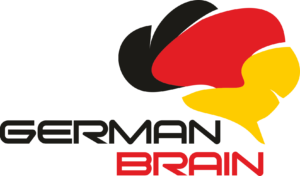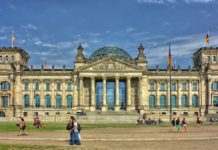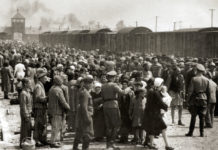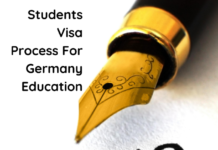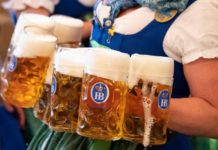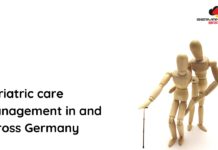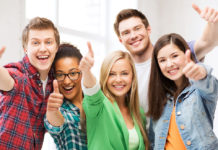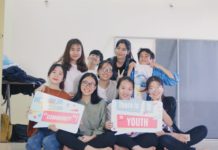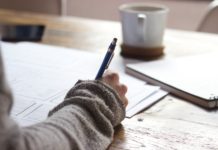
- An authentic glimpse:
Ranging from acknowledging one’s very first day in this world ( in den Geburtstag reinfeiern) that is the birthday or Reinfeiern to Tatort- a casual Sunday evening tradition that’s ubiquitous throughout the nation in which people revel together with their loved ones at home and in bars and local cafes. From the lesser-known traditions to the infamous Oktoberfest the country is for ones who look for tinsel gaiety and fun. They say that it’s Das Land der Dichter und, Denker. To rephrase it, it’s a land of thinkers and poets!
- Communal implications of the pervasive culture:
Being well-known for its massive population after Russia, German land inhabits more than 80 million people. The ethnic groups in Germany are of various cultures, the Germans being dominant. Germans are known to exhibit a keen sense of community and social conscience. There is a great emphasis given to perfectionism and exactness in every aspect they pursue. They are said to be industrious and thrifty.
- Economical and Political influence on the European continent & the world:
Geographically located at the centre of the European continent, the German economy is the largest economy on the continent and fifth largest in the world. The unsettled disparities between the east and west reached a rapprochement in 1990. The Germans are having a strong influence on the world of Philosophy and Sciences. The Nazi regime is the most important sects of Philosophy. Several bordering countries have had an impressionable impact by Germany. Austrian psychologists such as Sigmund Freud, who laid foundations for some of the important discoveries of mental health services was predominantly influenced by the Germans. The economical influence of Germany also lies in its automobile industry that still follows Hitler’s moto- “Volkswagen” or “People’s car” and puts together innovative cars that run on batteries apart from the famous BMWs, Audis and Mercedes. The country is also home to Siemens, Adidas, Nivea and Bayer. It is a rich land that has resources like copper, nickel, uranium and coal. However, Germany is in the process of phasing out nuclear plants entirely.
FACTS:
About 75.7% of the German population is urban. Over 100 Germans have been awarded the Nobel Prize for their contributions, the most regarded person being Albert Einstein.
- Language, Architecture and Sports
German is the predominantly spoken language. It is one of the 23 languages of the European Union. However, there are other native languages such as Danish, Sorbian and North Frisian. Germany is home to Carolingian and Ottonian edifices. Neo classism has been a trendsetter for modern architecture.
Deutscher Football Bund of German origin is the largest sports organization of its kind worldwide. The Bundesliga attracts the second-highest average attendance of any sports league in the world making football the most preferred sport of the nation.
- Figurative art to contemporary art
From romantic painters like Caspar David Freidrich to neo expressionists like George Baselitz, Germany has laid foundations for contemporary art and is home to over 500 art galleries. Art Cologne is a popular fair that displays contemporary art.
- Religion and Education
The north and the east are predominantly Protestants while the south and the west are predominantly Catholics, making Christianity the most followed religion of Germany. However, Germany also has a minority of Muslims hailed from Turkey. German education system functions on “Grundgesetz”. Joint tasks or “Gemeinschaftsaufgaben” between the Länders and the Federation are done to allocate appropriate education programs to the inhabitants. It is essential for Germans to be educated until the age of 9. Priority in offering childhood education is given to non-public organizations such as Chur

